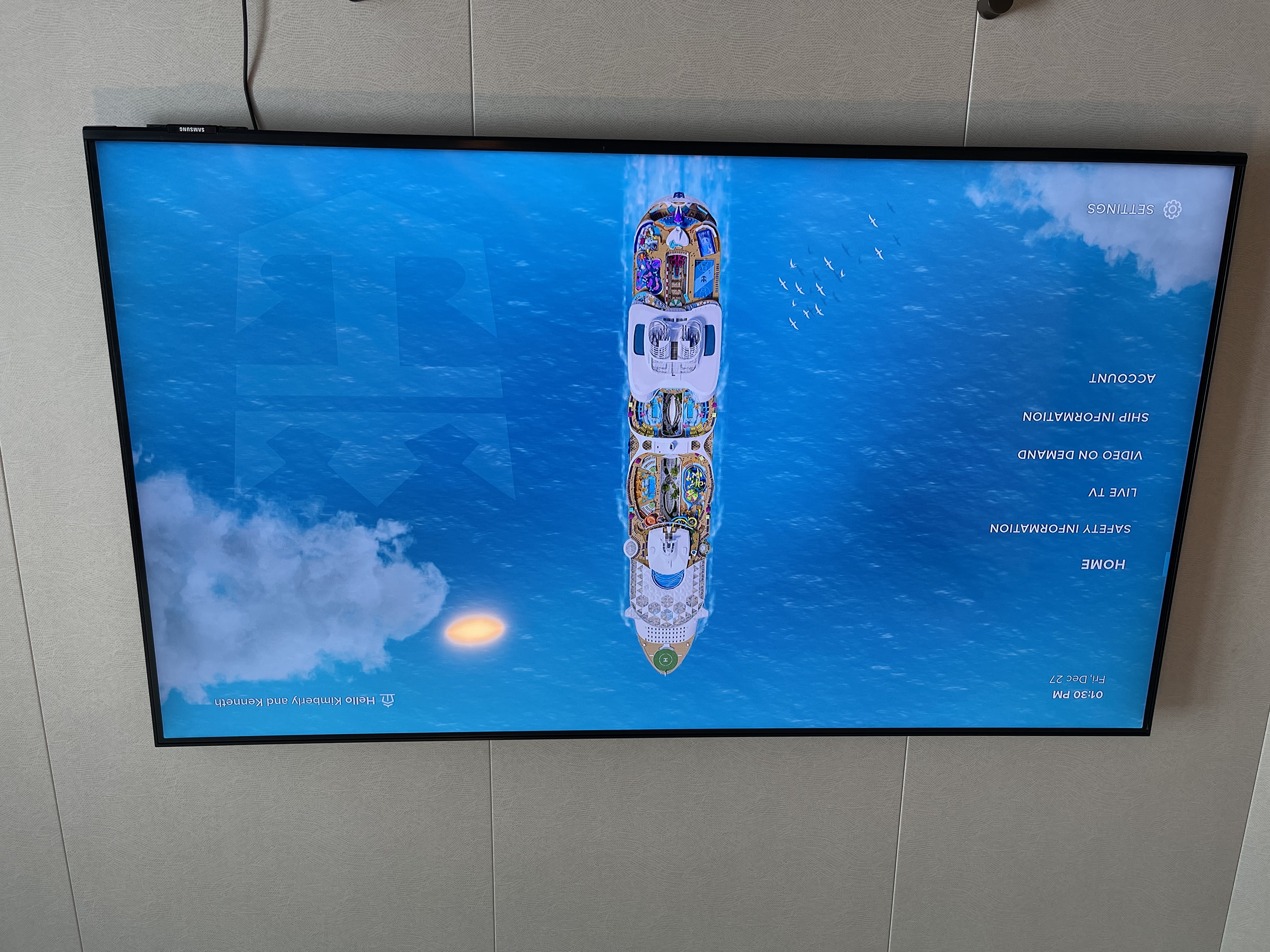Ditch the KVM Switch: Swap Between Two Computers for Under $20
Need to switch your entire workstation between two computers but don't want to spend $100+ on a KVM switch? Here's a simple, budget-friendly solution that costs under $20 and works flawlessly with multiple monitors and peripherals.
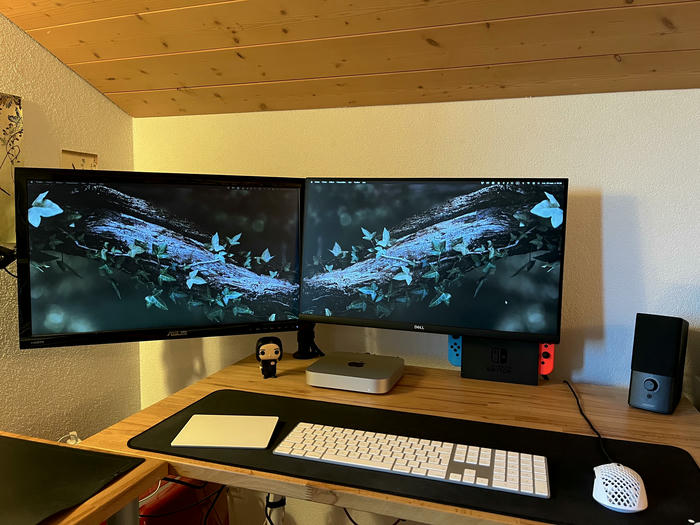
If you work from home or have a dual-computer setup, you've probably run into this issue: how do you switch all your computer peripherals and monitors between two machines without the hassle?
Most people assume the solution is a KVM (Keyboard, Video, Mouse) switch, but a decent one can cost over $100. There exists some cheaper Temu-grade models but those often support only one monitor.
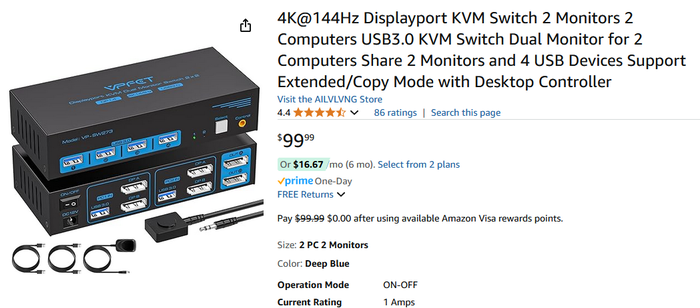
But what if I told you there's a better way, for under $20? My setup has been running flawlessly for four years, and it's saved me hundreds of dollars. Here's how it works.
A Simple USB Switch
The trick is to separate your USB peripherals from your monitors and handle them independently.
Instead of a full-fledged KVM switch, I use a USB switcher. It's a tiny and simple device that lets me toggle which computer gets access to my peripherals at the press of a button.
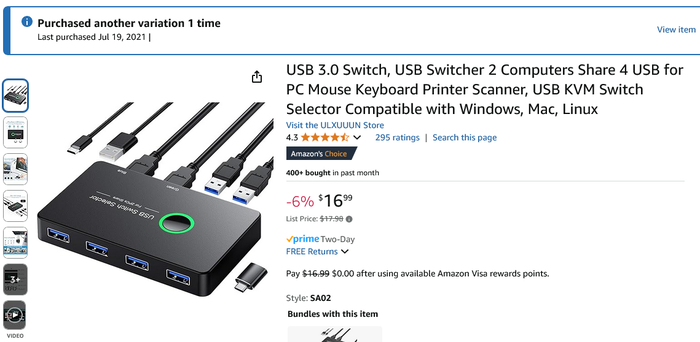
The USB Switch I use supports four USB devices. I've got my:
✅ Keyboard
✅ Mouse
✅ Webcam
✅ USB speaker
plugged into it. Press a button, and it instantly swaps control between my computers. For less than $20.
What About Monitors?
You might be wondering, "But what about my dual monitors? Don't I need a KVM switch for that?"
Nope. Most modern monitors already have built-in automatic input switching. (You may want to doulbe check if your monitor has this feature, especially if it's older.) You'll notice that your monitor probably has multiple input ports. Whether it be an HDMI port, a couple Displayports, or even a VGA or DVI port, your monitor almost certainly has at least a couple options.
- Connect both computers to each of your monitors, using different ports.
- When you want to switch computers, simply put the unused computer to sleep.
- The monitors will automatically detect the live input and swap over.
No extra hardware. No fumbling with monitor buttons. Just seamless switching.
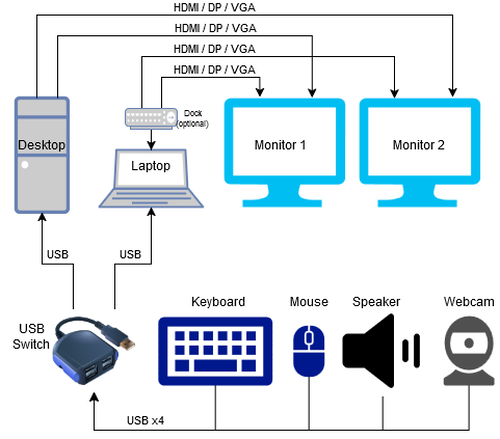
Why It's Better Than a KVM
- Cheaper: A KVM switch with dual monitor support costs $100+, while my USB switch is under $20.
- More Reliable: KVM switches introduce compatibility issues, lag, or quirks with high-resolution monitors. My setup avoids that entirely. Each monitor is connected directly to the computer output.
- Long-Lasting: My USB switch has outlasted multiple peripherals over the last four years without a hitch.
If you need a simple, cost-effective way to switch between two computers, don't waste money on an overpriced KVM switch.
✅ Use a USB switch for your keyboard, mouse, and peripherals.
✅ Let your monitors auto-switch inputs when one computer sleeps.
This setup saves you over $100 and works flawlessly. I've used it daily for four years and I'd never go back to a traditional KVM switch.

